Upgrading Plumbing Inspections: Backflow Preventers for Commercial Safety
Backflow preventers are critical for commercial and residential plumbing in Spring Lake, protecting…….
Understanding Backflow Preventer Inspection Spring Lake
Backflow preventer inspections are a critical component of water system maintenance, particularly in Spring Lake, where the integrity of the water supply is paramount. These devices are installed at points where potable water may come into contact with non-potable water systems to prevent contamination or backflow. The inspection ensures that these mechanisms are functioning correctly, safeguarding public health and safety.
A backflow preventer typically consists of two primary types: the reduced pressure zone (RPZ) device and the atmospheric vacuum breaker (AVB). These devices have valves and chambers designed to allow water to flow in one direction while preventing it from reversing directions and mixing potentially contaminated water with the drinking water supply.
Global Impact and Trends
The impact of backflow preventer inspections is not limited to Spring Lake; it is a global concern. As urbanization increases and water systems become more complex, the risk of backflow incidents grows. This has led to increased awareness and stringent regulations worldwide. In some regions, backflow prevention is mandated by law, while in others, it serves as a best practice for water safety.
Trends indicate a shift towards more sophisticated devices equipped with advanced materials and technology that offer better protection against backflow incidents. Additionally, there is a growing emphasis on regular maintenance and testing to ensure these systems perform as intended.
Economic Considerations
The economic implications of backflow preventer inspections are significant. Investment in these systems not only protects public health but also safeguards the reputation and financial stability of local utilities and businesses. Regular inspections can prevent costly repairs or replacements resulting from contamination or system failure.
Economically, Spring Lake’s commitment to maintaining a high standard for backflow prevention is a testament to its investment in infrastructure and public health. This commitment also fosters trust among residents and businesses, which can translate into economic growth and development.
Technological Advancements
Technological advancements have revolutionized the field of backflow prevention. Modern devices are often equipped with smart sensors that can detect potential issues before they escalate. These devices can communicate with utility companies in real-time, alerting them to maintenance needs or potential backflow events.
Future advancements may include AI-driven systems capable of self-diagnosing and correcting minor malfunctions autonomously. Such innovations will enhance the reliability of water systems and further reduce the risk of contamination.
Policy and Regulation
Policies and regulations governing backflow preventer inspections are crucial for standardizing practices and ensuring compliance across different jurisdictions. In Spring Lake, these measures are guided by state and local codes that outline specific requirements for testing, maintenance, and documentation.
The legislative framework also includes penalties for non-compliance to incentivize adherence to safety protocols. These regulations ensure a uniform approach to backflow prevention, which is essential for public health and system integrity.
Challenges and Criticisms
Despite the importance of backflow preventer inspections, challenges persist. One critical issue is ensuring regular inspections and maintenance, which can be hampered by budget constraints or a lack of trained personnel. Another challenge is compliance with varying regulations, which can be complex and differ from one jurisdiction to another.
Criticisms often focus on the perceived redundancy of frequent inspections and the cost associated with them. However, the risk of water contamination and the potential public health crisis it could cause underscore the necessity of these measures. Proposed solutions include standardizing inspection protocols, improving training programs for inspectors, and investing in technology to facilitate more efficient inspections.
Case Studies
Several case studies demonstrate the effectiveness of backflow preventer inspections. One such example is Spring Lake’s response to a suspected backflow incident, where prompt action by utility officials prevented potential contamination. This incident highlighted the importance of regular inspections and proactive maintenance.
Another case study involves a large commercial property where routine inspections uncovered a faulty backflow preventer before it could cause widespread damage. This example underscores the value of consistent, professional inspection services.
Future Prospects
The future of backflow preventer inspections in Spring Lake and beyond looks promising, with advancements in technology, policy refinement, and public awareness campaigns expected to enhance water safety. The integration of smart technologies will likely become more prevalent, offering real-time monitoring capabilities that can further reduce the risk of contamination.
Emerging trends suggest a focus on sustainability and resource management, where backflow prevention plays a pivotal role in conserving water and maintaining public health. Strategic considerations include investing in infrastructure, training inspectors, and advocating for policies that prioritize water safety.
Conclusion
Backflow preventer inspections are a vital component of water system maintenance, particularly in Spring Lake. These inspections not only protect public health but also ensure the reliability of the water supply. The global relevance of these inspections is undeniable, with economic, technological, policy, and environmental factors all influencing their importance. As we move forward, it is clear that backflow prevention will remain a critical concern for communities worldwide.
Appendix: Checklist for Backflow Preventer Inspection
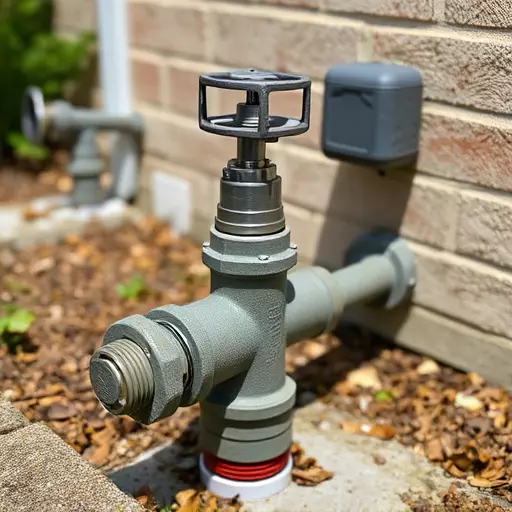
Backflow preventers are critical for commercial and residential plumbing in Spring Lake, protecting…….
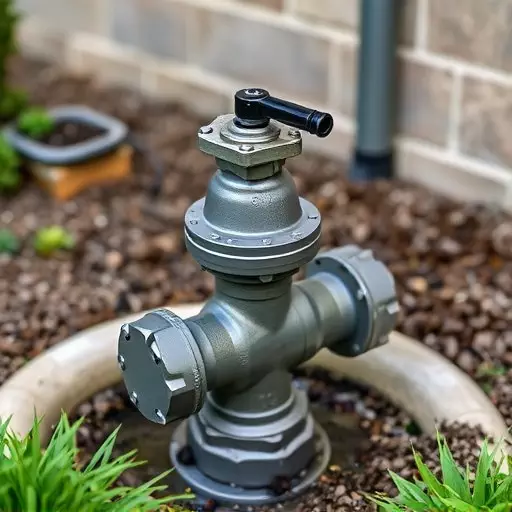
Backflow preventers are crucial for maintaining water safety in Spring Lake, with certified annual i…….
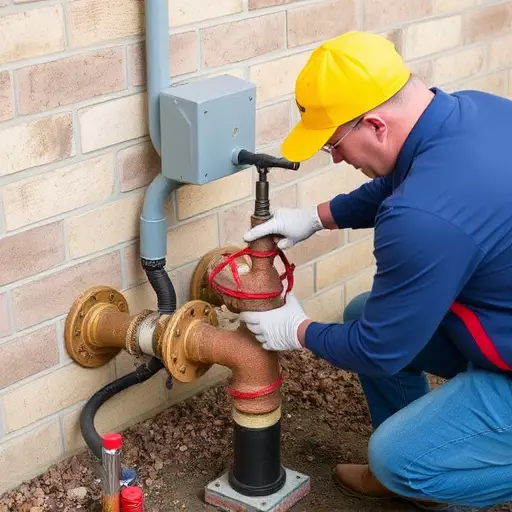
Backflow preventers are crucial for maintaining safe water in Spring Lake, as they stop contaminated…….
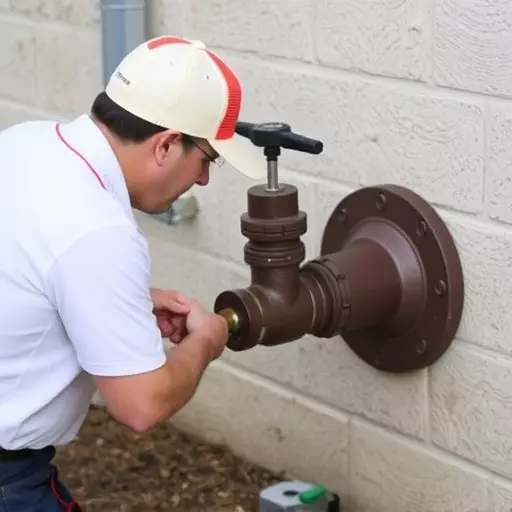
Backflow preventers are critical for maintaining water quality and commercial property safety in Spr…….
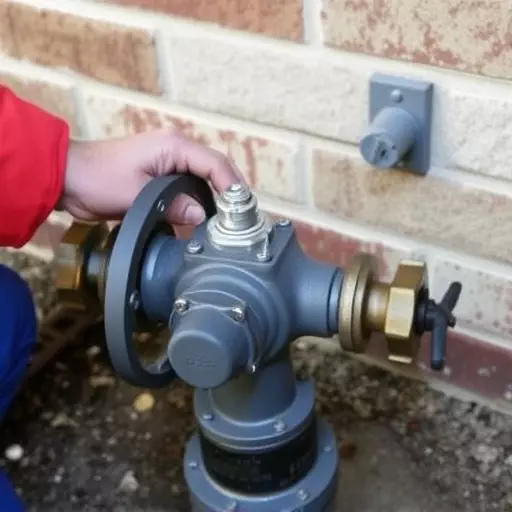
Backflow preventers are crucial for water safety in Spring Lake, protecting against contaminated wat…….
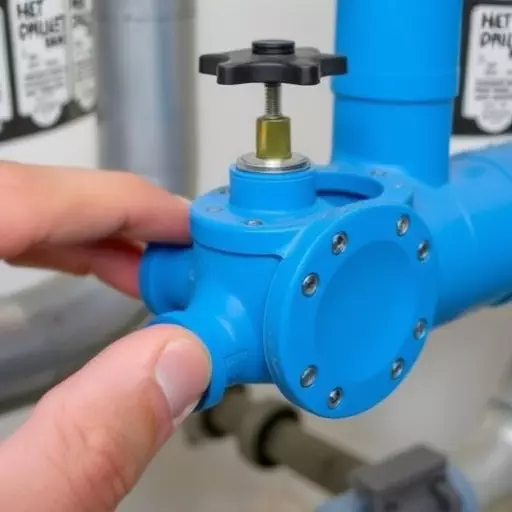
Backflow systems protect water supplies and properties from contamination, with certified annual ins…….
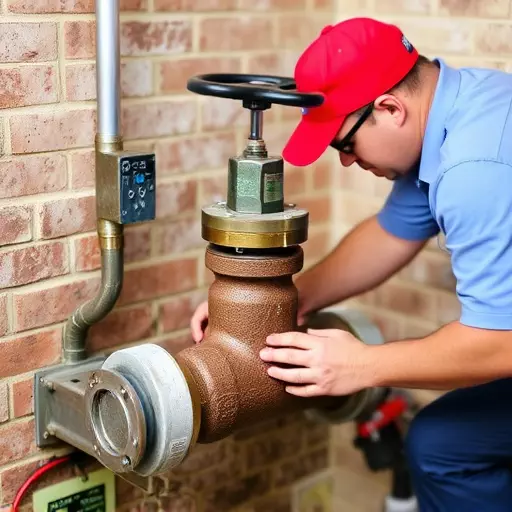
Backflow Preventer Inspections in Spring Lake are mandatory annual checks conducted by certified pro…….
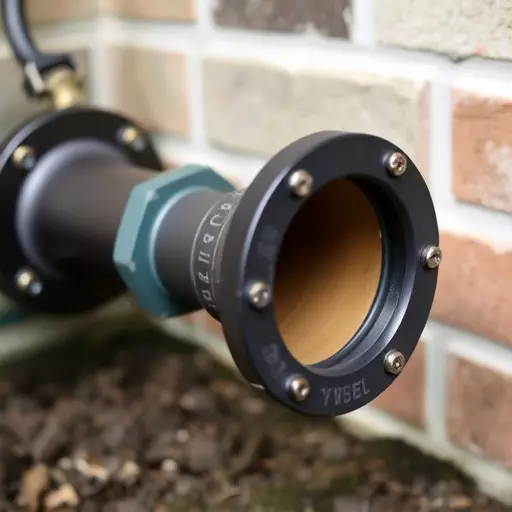
Backflow preventer inspections in Spring Lake are crucial for maintaining a safe water supply. Certi…….
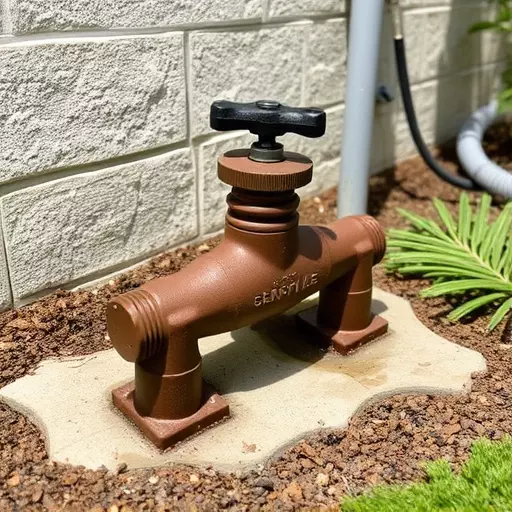
Regular, certified annual Backflow Preventer Inspection Spring Lake are vital for maintaining water…….
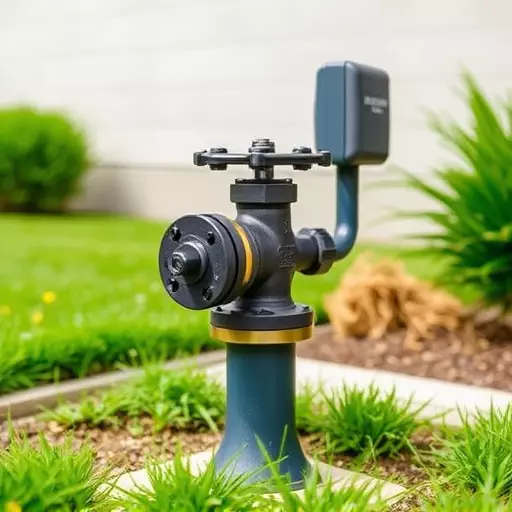
Backflow preventers are critical for stopping contaminated water from entering potable supplies in S…….